Sadly, the news in recent years has too often been filled with stories about people becoming addicted to and overdosing on methamphetamine, a drug which has been around in different forms since the 19th century.
Overdosing on anything is not “fun,” but taking too much “speed” is decidedly unpleasant. Extreme paranoia, sweats, palpitations, sleeplessness (of course), and other unpleasant effects can result.
The halls of many a recovery center are filled with horrible tales of people holed up in their bedrooms or cheap hotel rooms convinced the world was out to get them and was just on the other side of the door.
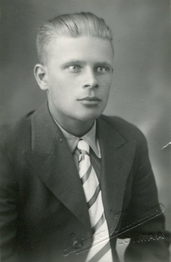
For Aimo Koivunen, a WWII Finnish soldier fighting the Soviet Union (USSR) in 1944, such delusion were actually quite real. Except for a brief spell in 1940-41, the Finns had been at war with their communist neighbor since 1939, when Stalin’s demands for Finland to cede to him some important ports and land near St. Petersburg and in the far north were firmly rebuffed.
These locations had been part of the Russian Empire from 1809 to 1917 and had no desire to relinquish their independence again. This resulted in Stalin ordering the invasion of Finland.
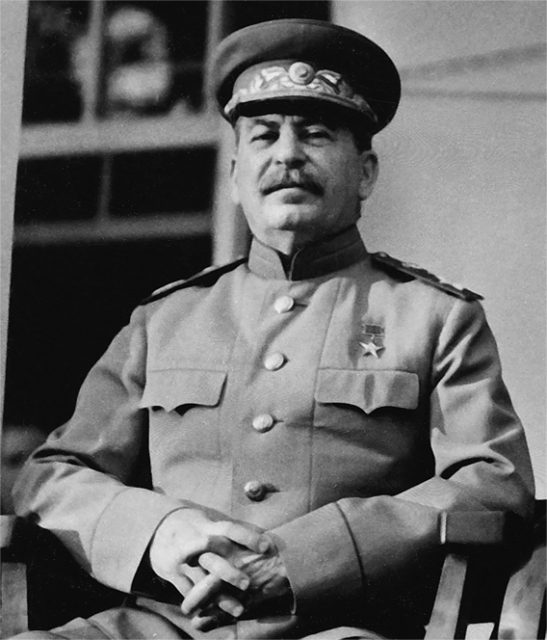
“The Winter War” as it is known in the West, or “Talvisota” in Finnish, resulted in the humiliation of Stalin because the Finns, despite being greatly outnumbered, put up an extremely stubborn resistance.
Unfortunately for the Finns, the Red Army was just too big for them to hold off forever. The Finnish government came to terms with Stalin in early 1940, ceding him the land he had demanded.
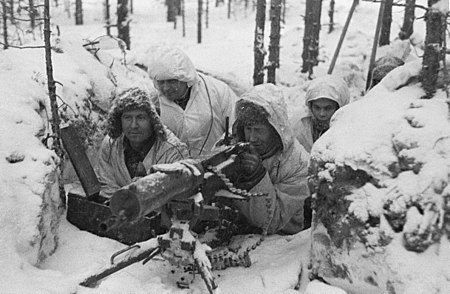
Luckily, Stalin was increasingly preoccupied with Hitler and was not interested in becoming any more involved in Finland than he already was.
You can imagine that the Finns were none too friendly with the Soviets, and when the opportunity came to get their land back in 1941, they joined with Hitler in invading the Soviet Union.
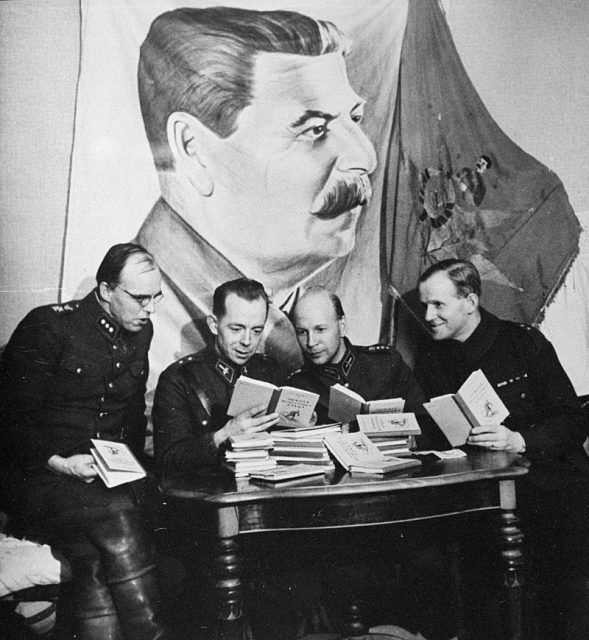
Most people don’t know this, but despite many entreaties by Hitler, the Finns insisted that they were only interested in regaining the land that had previously been theirs. They insisted they would not fight much beyond their original borders.
In Finland, this is known as the “Jaktosota” or “Continuation War.”
As we know, the fighting around St. Petersburg (then called Leningrad) went on for 900 days before the Soviets drove the Germans and Finns back.
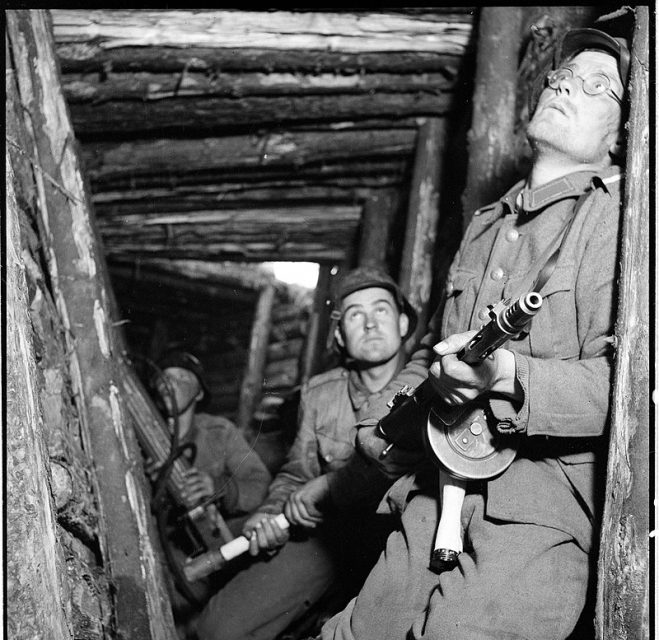
In Lapland, the Finns and Germans engaged in a back and forth battle with the Red Army until late in the war when the Soviets began to drive their enemies back into Finland.
Aimo Koivunen was on ski patrol south of the all-important Russian port city of Murmansk in March 1944, when his unit was attacked and surrounded the Red Army. Along with some of his comrades, Koivunen managed to escape the encirclement.
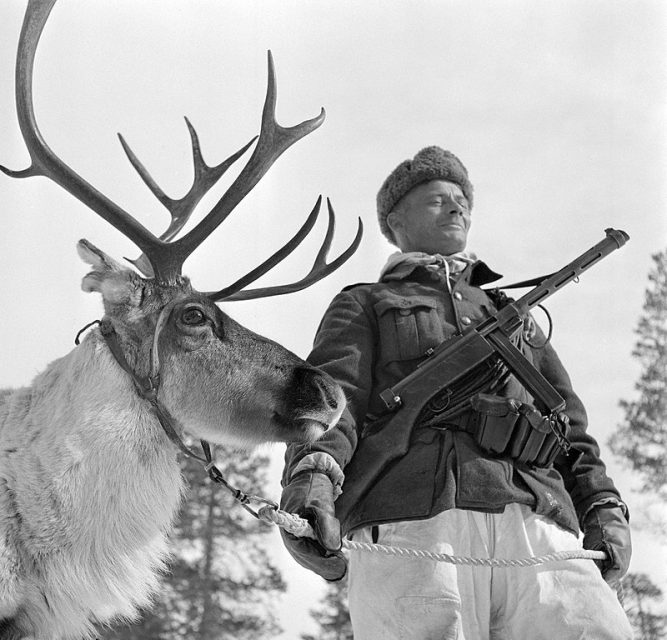
He was then tasked with carrying the units’ supply of Pervitin (an early form of amphetamine). The drug had been supplied to German and Finnish soldiers during the war to keep them awake during guard duty, long patrols, and other draining tasks.
During the units’ escape, Koivunen became tired after having skied for hours to escape the Russians. In the semi-darkness, and while on skis, he pulled out a bottle of Pervitin. He could not get out a single pill, so in his frustration and fatigue, he upended the bottle and took all thirty, unaware of what this might do to him.
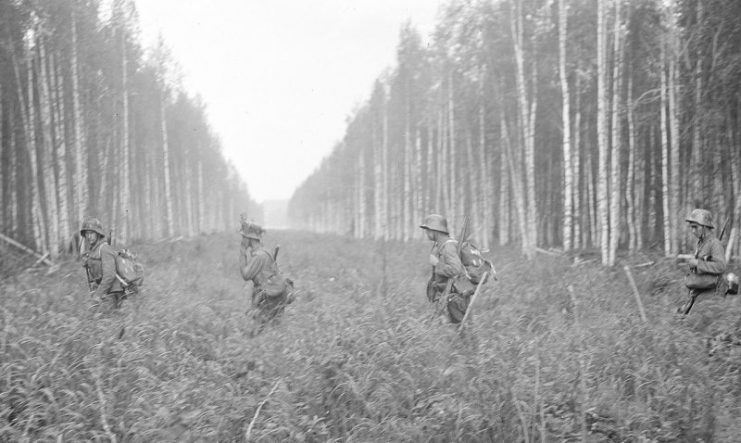
What it might have done was kill him outright, but luckily for Koivunen, that did not happen.
What did happen was a living nightmare. He had a short burst of energy but then went into a delirious state. Eventually, his body gave out and he lost consciousness.
When he woke up, his comrades were gone. He had no supplies other than some water, his rifle, and what he was wearing.
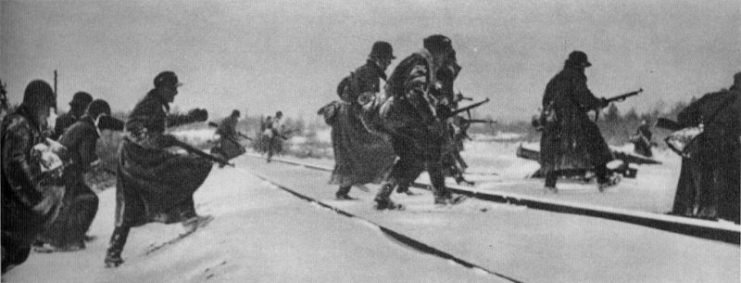
In the forest, the Pervitin and the fear of being caught by the Red Army propelled him through the landscape. He escaped the Soviets, but set off a land-mine and sustained serious injuries.
He lay in a ditch for a number of days, but when help didn’t come, he got back on his skis and pressed on, not knowing exactly where he was heading.
Though the speed killed much of his appetite, he did eat – some pine buds and a raw Siberian Jay. All of this in occurred in -20C weather conditions.
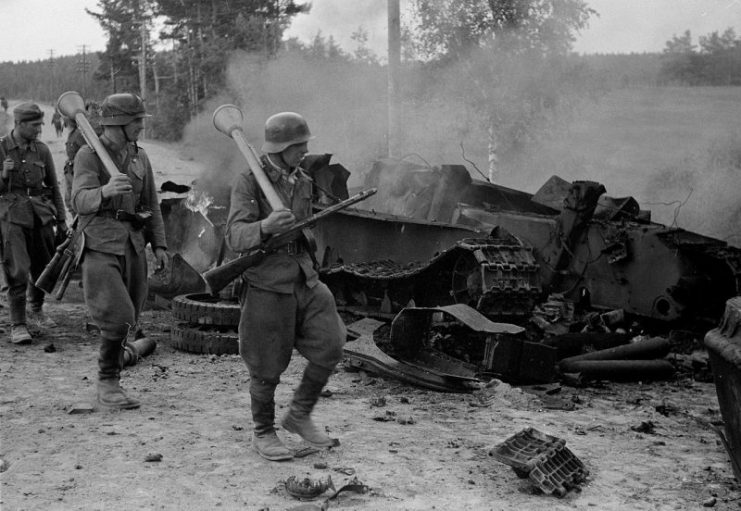
During all this, the drug was still in effect in his system. He traveled some 250 miles (402 kilometers) from his point of origin.
When he was found, he was taken to a Finnish hospital, where his heart-rate was measured at 200 beats per minute. He had lost much of his weight and only tipped the scales at 94 pounds.
Despite the terrible battering his body received, Aimo Koivunen survived his ordeal and the “Jatkosota.” He died in 1989, aged 72.
